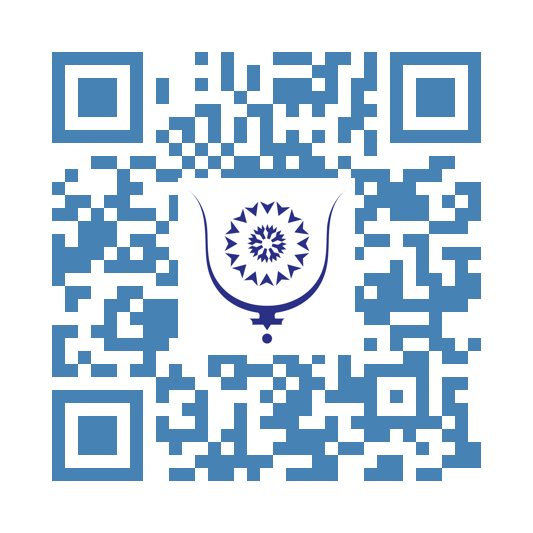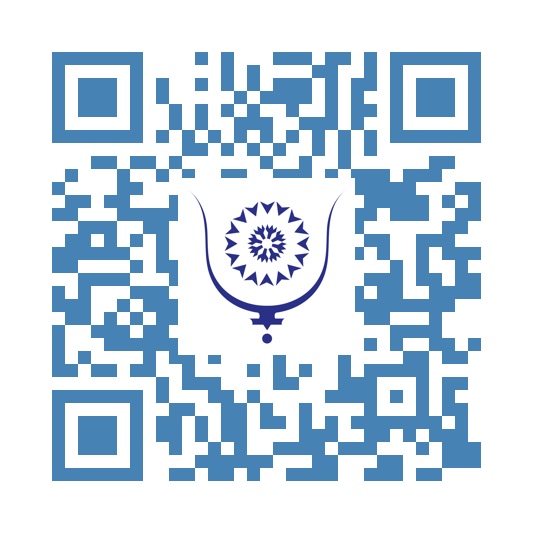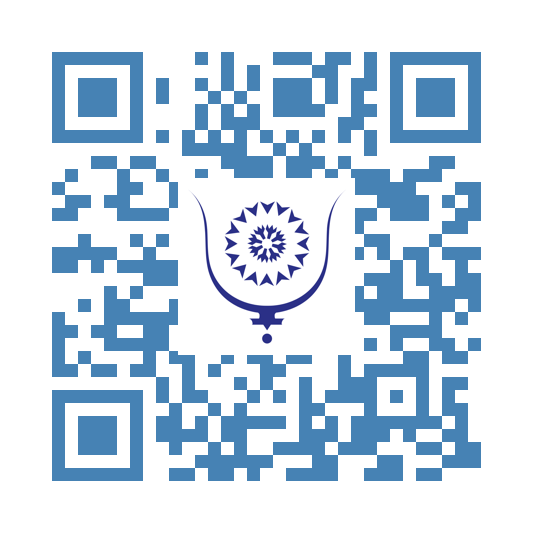When Christopher Nolan Illuminates Dakhla, Dakhla Enhances His Film... 1217
Christopher Nolan has just finished shooting part of his upcoming film, *The Odyssey*, in Dakhla, a gem of southern Morocco. It is a cinematic adaptation of the epic of Ulysses. Among the chosen shooting locations is the spectacular White Dune, located about thirty kilometers from Dakhla — an exceptional natural setting blending white sand and turquoise lagoon — which greatly contributed to the film’s visual richness.
This Hollywood blockbuster features a prestigious cast: Matt Damon plays Ulysses, alongside Zendaya, Charlize Theron, Tom Holland, Robert Pattinson, Anne Hathaway, and Lupita Nyong’o. The worldwide release of the film is scheduled for July 15, 2026. Before setting up cameras in Dakhla, Nolan’s team had filmed sequences in Ouarzazate, notably at the Ksar Aït Ben Haddou, as well as in Italy. Originally, Nolan considered locations such as Bermuda or Australia for some maritime scenes, but ultimately chose southern Morocco, recognized for the diversity and quality of its natural landscapes.
The shoot in Dakhla is widely seen as a great opportunity for the city and for Morocco, boosting their visibility on the international film scene while promoting the local film industry.
But who is Christopher Nolan in the world of cinema? In 2024, he won two major Oscars: Best Director and Best Picture for *Oppenheimer* (2023). He also received an honorary César for his entire career, the BAFTA for Best Director, as well as several other prestigious awards such as the Golden Globes and the Directors Guild of America Awards, all for *Oppenheimer*. This brief overview proves that Nolan is no ordinary figure in the film industry — he is one of the greatest filmmakers in the world.
However, this production sparked some controversy and unfounded criticism lacking rigor. The media outlet Middle East Eye dedicated an article condemning the shooting in Dakhla, adopting a selective and victimizing tone, relying on a rhetoric of “decolonization” and supposed “indigenous voices.” This critique, riddled with historical inaccuracies and an obvious bias, reveals either a deep ignorance of the history and physical and human geography of these regions or a deliberate will to distort reality for some ulterior motive...
The filming took place in a peaceful and stable city, equipped with modern infrastructure, where Moroccan sovereignty is indisputable. It is probably this stability that troubles some, especially because it highlights the Kingdom’s successes in this region of its territory, contrasting sharply with the difficult situation caused by the Polisario Front, which, under its tutelage, has brought nothing but despair and a lack of dignity to populations held hostage in the Tindouf camps for nearly 50 years.
While Middle East Eye accuses Morocco of “cultural normalization,” the article omits mentioning that Algeria exerts a true occupation over the Sahrawis held captive in the camps of shame, where they are a minority compared to the Sahrawis in Morocco, and have neither freedom of movement, nationality, nor an independent press. They don’t even benefit from refugee status, with the United Nations prevented by the host country from registering them. The real question remains: who is the true colonizer in this context?
The Sahrawis, who are the majority and live in Moroccan Sahara, enjoy a significantly higher standard of living than the populations in the Tindouf camps — or even compared to those in the host country overall. They participate in democratic processes, govern their communes, towns, and regions, engage in the political life of the Kingdom, hold positions of responsibility at all levels of government, create businesses, run associations, travel freely, and produce cultural works enriching their country. Their children attend quality schools and universities. They receive care in top-tier hospitals and do not need a media outlet to speak for them.
In reality, this article has nothing to do with serious journalism but rather reflects nostalgia for reversed colonialism and an outdated neo-Orientalist vision. It is an ideological staging orchestrated by a group of European activists using the Sahrawis as instruments of propaganda that has been seen before, and that is, frankly, absurd. The goal here is neither peace nor real autonomy, but the perpetuation of artificial resentment in service of their chimera of an independent Sahrawi state — a state that will never exist.
Meanwhile, the *The Odyssey* shooting team, satisfied with the quality of reception, assistance, and support from the Moroccan authorities and the work accomplished, has indeed returned to the USA aboard a Royal Air Maroc plane chartered for the occasion.
Let us hope Christopher Nolan will not take long before returning with another project and that the beauty of the images in his film will encourage other major filmmakers worldwide to come to Dakhla to elevate their upcoming works.




